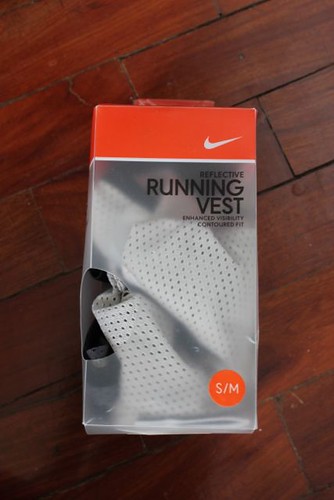10 Tips on Running Safe
By now you’ve heard of the disturbing and saddening murder of Kae Davantes, an account manager at McCann World Philippines who was allegedly kidnapped at Bonifacio Global City and whose body was later discovered in Cavite. My heart goes out to her family and friends.
The news has shaken most of us who didn’t even know her personally because it hits close to home. I heard that she studied in my alma mater for Highschool. She works at an ad agency that many of us are familiar with. And, scariest of all, she was abducted in an area that many of us frequently visit and run in.
This alerts us all, especially women, to be observant and cautious at all times.
Below are 10 tips on running safe around the metro:
1 – Choose a safe route. This is common sense. Choose a course that is secure and safe from bad elements. You don’t want to be running in an area that is known to have pickpockets or even construction workers making catcalls at you. You also don’t want to spend the entire time evading cars or buses that may sideswipe you. I know you want to be adventurous, but there’s a fine line between adventure and suicide.
2 – Run against traffic. Run on the side of the road against the traffic to ensure drivers see you coming. This is a basic but I still see runners who run the wrong way.
3 – Be visible. It’s always safer to run during broad daylight, but some of you have no choice but to run after work. Make sure to wear bright colored tops. Even better if you can wear tops with reflective portions to ensure you are visible to oncoming cars. I know New Balance and Nike have these. You can also purchase reflective vests for even greater visibility. Mine is from Nike.

– New Balance top. Bright color and has a reflective band on the shoulder –

– Nike reflective vest for night running –
4 – Bring an ID. Always carry identification with you. You can carry your ID with you or wear a road ID bracelet on your wrist or on your shoes. I have two MJ46 iD bands. One conveniently sits on the laces of my shoe and another is a wrist band. These contain my name and husband’s cellphone should there be any emergency.
5 – Leave valuables at home. Again, common sense. You don’t need your diamond earrings and gold bracelets during a run unless you’re Lady Gaga. But then again, if you do wear all your jewelry while running, we might as well call you “gaga.” Heehee.
6 – Run with friends. It’s best to run with a buddy or a group. This reduces your chances of being a target for any criminal. Should you encounter any medical emergency from lightheadedness to pain in the chest, you also have friends to help. If this isn’t possible, then at least take your mobile phone with you.
7 – Use your MP3 wisely. Many of us love our music during our run, but use your ipod and MP3 wisely. Make sure you hear cars, cyclists, or even “askals” chasing after you.
8 – Carry emergency money with you. You’ll never know when you may need cash during a run or a race. I tuck P100 to P200 in a small plastic pouch under my insoles in my shoes whenever I run. I’ve used this to purchase an emergency bottle of Gatorade when I was dying of thirst at BGC during a training run and also to pay for a taxi when I DNF’d at Rexona Run due to awful blisters. Hey, don’t laugh, they were painful! Point is, you’ll never know when you need the money so always bring!
9 – Bring pepper spray. If you must run alone at night, consider carrying pepper spray in your pocket. I got mine at R.O.X.
10 – Be smart. Most of us runners think that we are invincible from injury or harm. Guess what, we’re not. Trust your instincts and know when you should quit a run or run in the opposite direction. Be smart about your running and always take the safer, more conservative route when it comes to your safety.
Run safe, people!





